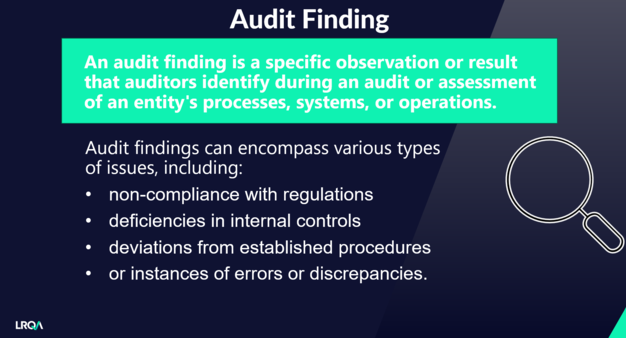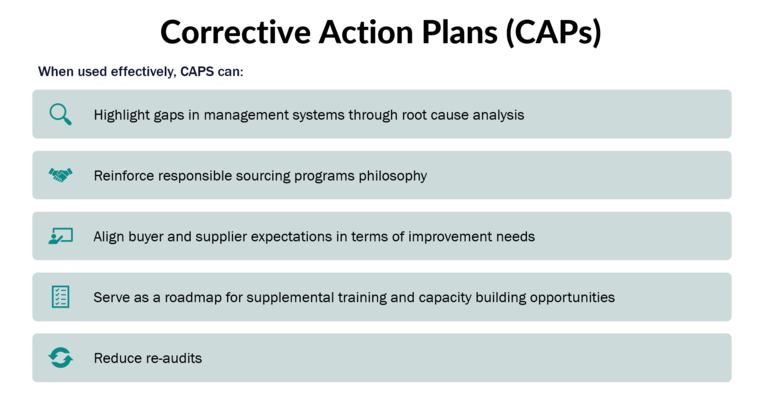Mastering supply chain due diligence: going beyond the audit for ESG excellence
What it means to go “beyond audit” with your supply chain due diligence
Go beyond the audit. Responsible sourcing executives and corporate responsibility managers have probably heard the phrase before, but are you putting it into practice?
We continue to preach that due diligence is no longer a tick-the-box process. Supply chain due diligence requires not only rigorous assessments, but continuous monitoring and foundational improvement to promote change within your program. Going beyond the audit means getting to the source of the ESG risks plaguing your supplier base and figuring out how to remediate them. Simply conducting assessments without active remediation efforts brings potential risks to your organization’s reputation, operations, and regulatory compliance.
Understanding your ESG risk landscape
You have audited your suppliers- now what? It’s important to first have a good understanding of what specific ESG issues your organization prioritizes and the severity level of those issues. Non-compliances identified in supplier assessments can range from instances of forced labor to health and safety violations such as insufficient emergency exits.

Among the top-priority items to familiarize yourself with when thinking “beyond the audit” are:
- Regulations connected to your operations: more and more countries are adopting stringent supply chain due diligence laws. It is imperative to familiarize yourself with the regions where your sourcing partners are based, and the supply chain laws that apply to those regions.
- Prioritization of Issues: Prioritize non-compliance issues based on their impact on human rights, labor conditions, environmental sustainability, and other ethical considerations. Focus on addressing the most critical issues first.
Identifying the Root Causes of Audit Findings
After reviewing audit findings and gaining a better understanding of your organization’s priorities and regulatory requirements, you must then get to the “root cause” of audit findings. Whether it is systemic issues within the supply chain, inadequate supplier management, or gaps in company policies and procedures, identifying the root cause will help you understand how and where to deploy resources for further remediation.
Your next step is deploying a Corrective Action Plan (CAP) which outlines specific steps, timelines, responsibilities and measurable goals for remediating an issue with a non-compliant supplier.

Corrective Action Plans should be regularly assessed and monitored to verify a site is implementing corrective actions. Follow-up assessments and regular engagement with the site should occur to ensure risk remediation is taking place.
Supplier engagement can include capacity building measures to support suppliers in meeting compliance requirements. This could incorporate resources like training and online learning courses.
Continuous improvement in responsible sourcing requires in-depth analysis
The foundational imperative of going “beyond the audit” is understanding that the risk remediation process never truly stops. Continuous monitoring and improvement are vital to ensuring the ESG risks among your supplier base are lessened, and the working conditions on the site continue to improve.
This may mean implementing due diligence platforms that use data and analytics to promote near-real time monitoring of your supply chain. Adding this extra level of due diligence will provide you with tools and support to simplify the risk monitoring process. Incorporating data and analytics tools can provide:
- Supplier scorecards and inherent risk indicators for regions and products to help you gain a new level of insight into your supply chain risks
- Segmentation and risk mapping tools to assist in dissecting and prioritizing your supply chain by severity of risks
- Beyond audit indicators such as media incidents connected to your suppliers to detect potential risks that may be missed in assessments
Beyond audit is not just about compliance. It’s about being a channel for institutional change that leads to business-driven sustainability and ethical sourcing. Understanding how to truly go “beyond the audit” and consistently assess, evaluate, adapt, and improve will not only support risk mitigation but will improve the all-around credibility and transparency of your brand.
Contact us to learn how we can help you get started on building a robust, resilient program.
About the author
